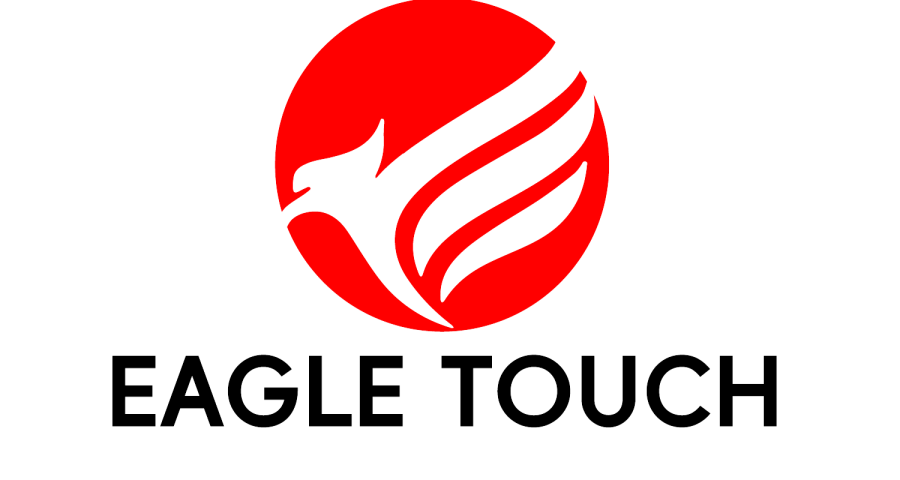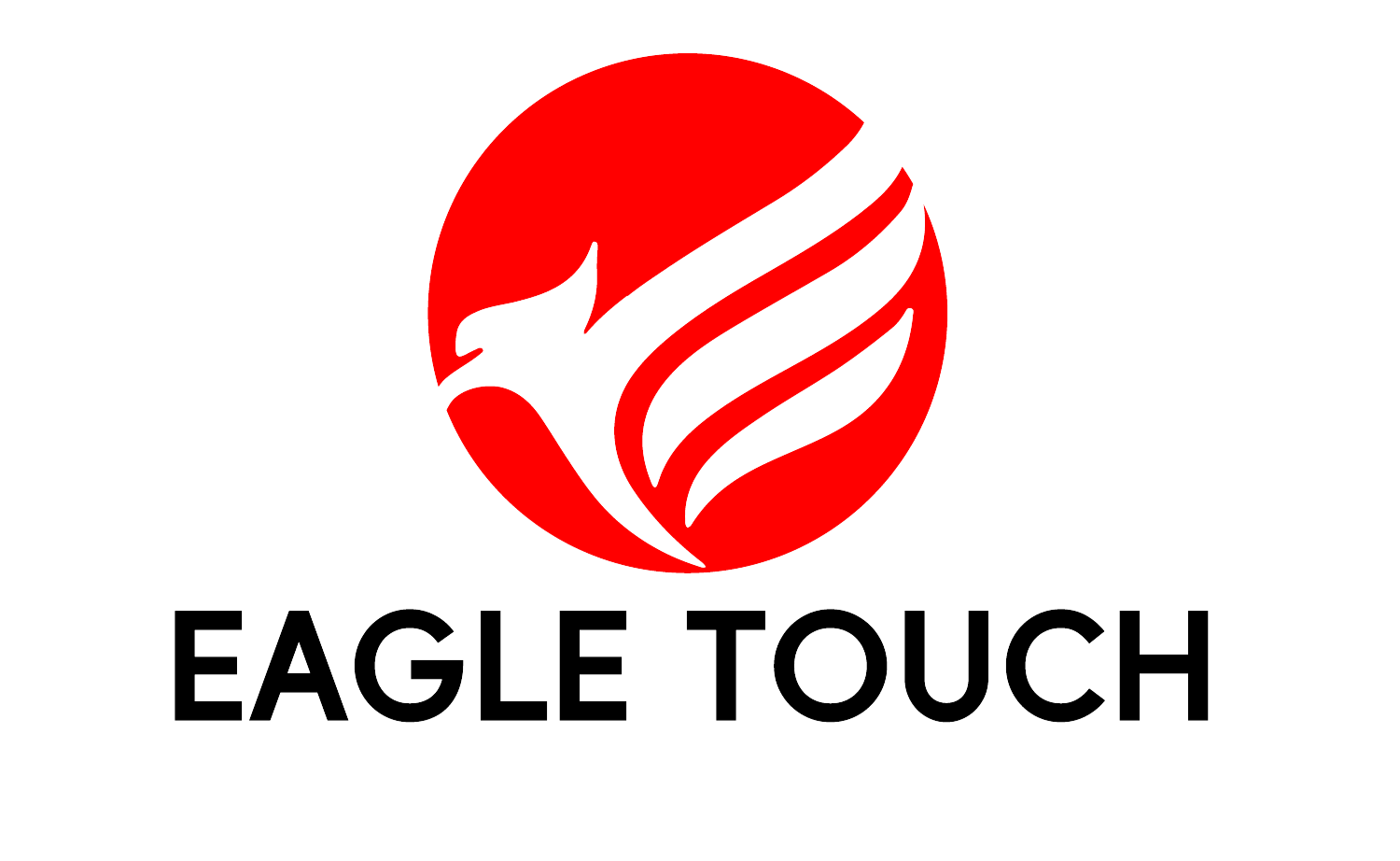
In today’s fast-paced, technology-driven world, the ability to display information effectively outdoors has become increasingly important. From street-side advertising to essential outdoor operations, the role of digital displays is undeniable. This brings us to an essential decision point: should your project use a readily available, standard monitor, or would a custom-made sunlight readable monitor be more suitable? Understanding this choice is crucial for ensuring your outdoor digital display meets your project’s specific needs effectively.
Standard Outdoor Monitors vs. Custom-Made Sunlight Readable Monitors
Choosing between standard outdoor monitors and custom-made sunlight readable monitors is a key decision for outdoor digital displays. Standard outdoor monitors, while generally adequate for basic outdoor use, often lack the specialized features needed for extreme conditions or specific industrial needs. Custom-made sunlight readable monitors, in contrast, offer tailored solutions with enhanced visibility in direct sunlight, superior durability for harsh environments, and specific feature adjustments like high brightness, rugged enclosures, and advanced technology options to totally meet your requirement of the project. This customization ensures optimal performance and longevity in specific outdoor settings, making them a more suitable choice for projects requiring precision and reliability.
How to custom made an outdoor monitor?
Understanding the Usage Scenario
The initial and most crucial step in creating a custom sunlight readable monitor is thoroughly assessing its intended use. The specific environment where the monitor will be deployed greatly influences every aspect of its design, from the materials selected to the durability features required. For instance, a monitor destined for outdoor advertising in a bustling urban square will encounter different challenges than one used in a brightly lit, beachside medical center. In demanding outdoor settings, the monitor must be built to endure elements like rain, dust, and extreme temperature fluctuations, necessitating the use of sturdy, resilient materials. In contrast, monitors used in medical settings not only need to comply with strict industry standards but also require exceptional screen clarity to remain visible under intense indoor lighting. Paying attention to these distinct requirements from the outset is essential for crafting a monitor that performs effectively in its specific environment and remains durable over time.
By delving into these details and understanding the unique demands of each application, the design process can be tailored to produce a monitor that excels in both functionality and longevity, regardless of its operational context.
Considering the Structure
Next, we need to carefully consider the structural design of the monitor. Will it be integrated into an existing setup or function as a standalone unit? This decision is crucial for determining the monitor’s mechanical structure. When integrating the monitor into existing equipment, it’s important to assess if that equipment is already waterproof. If not, the monitor will require at least an IP65-rated front panel to ensure water resistance. On the other hand, if the existing setup is waterproof, a simpler, open-frame structure for the monitor might be adequate.
In this phase, it’s essential to delve into the specifics of each mounting option and its constraints. For instance, consider whether the monitor needs additional support structures or special mounting methods to fit into the existing environment. If the monitor is to be used as a standalone unit, its design might need to account for more external factors, such as the ability to withstand natural elements or to ensure user-friendliness and accessibility. This includes evaluating the necessary casing materials for durability and determining the appropriate size and shape to accommodate specific space constraints and user interaction needs.
By thoroughly considering the structural design of the monitor, we can ensure that it not only technically fits its intended purpose but also offers practicality and effectiveness in real-world use.
LCD Specifications and Features
After finalizing the structural design, we focus on the core of the monitor – the LCD screen. Here, the specifics really matter. We need to select the screen size, resolution, and brightness based on where the monitor will be used and how far viewers will be. For example, a monitor in a bright, outdoor park needs to be brighter than one in a shaded area to ensure it’s visible. In places where lots of people pass by, the viewing angle is key to make sure everyone can see the screen clearly from different spots. Depending on how and where it’s used, we might also look at adding special features like touch screen functions, coatings to reduce glare, and protective measures to prevent vandalism.
Engineering and Design Phase
Moving from the planning stage to design, this part involves creating detailed mechanical blueprints for engineering approval. This process transforms our initial ideas into workable designs. We make sure every part of the monitor, from the internal circuits to the outer casing, meets both the technical needs and the look we want for the project. This step is crucial for merging theory with practicality, ensuring the monitor not only fits well in its environment but also delivers top-notch performance.
Budget Considerations
When it comes to custom technology, budgeting is just as crucial as the technical details. It’s all about balancing cost-effectiveness with quality and durability. At this stage, we take a realistic look at how much the project can afford and compare that with the features and specifications we want for the monitor. The aim is to get the best value without cutting corners on the important stuff that makes the monitor suitable for its purpose.
Conclusion
The process of creating a custom sunlight readable monitor involves thorough planning, a deep dive into technical details, and sensible budgeting. Each step, from figuring out how the monitor will be used to finalizing its design and price, is vital in making a monitor that not only fits the unique needs of your project but is also a mark of high quality and precision. As technology keeps advancing, being able to tailor digital solutions to specific requirements is becoming more and more essential. This makes custom-building not just a skill, but a necessary part of succeeding in today’s digital landscape.
In order to make our customers make it easy to start the customization monitors, Eagle Touch made an Customer Requirements Collection Form-Touch Monitor for you to understand each specific needs you need to understand. and you can Also contact us below to ask for the Expert to start the project now.





